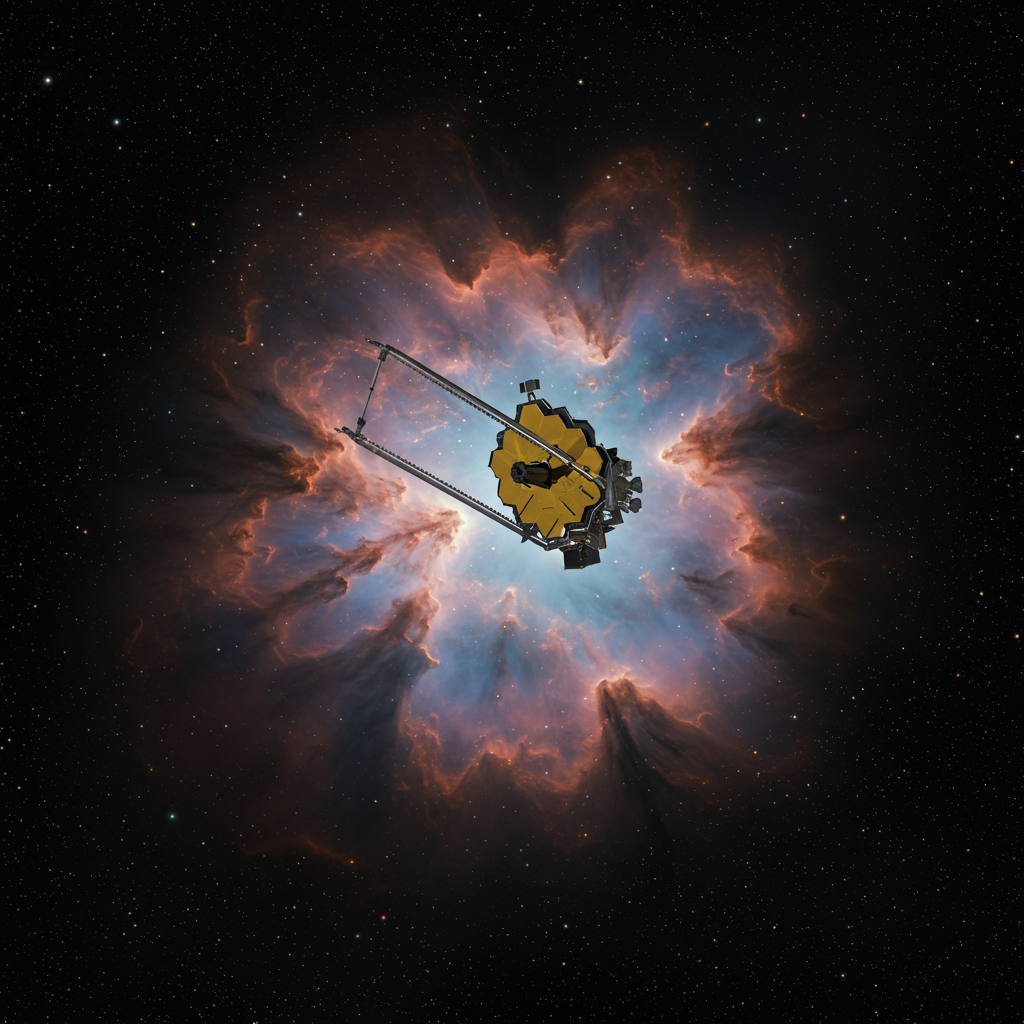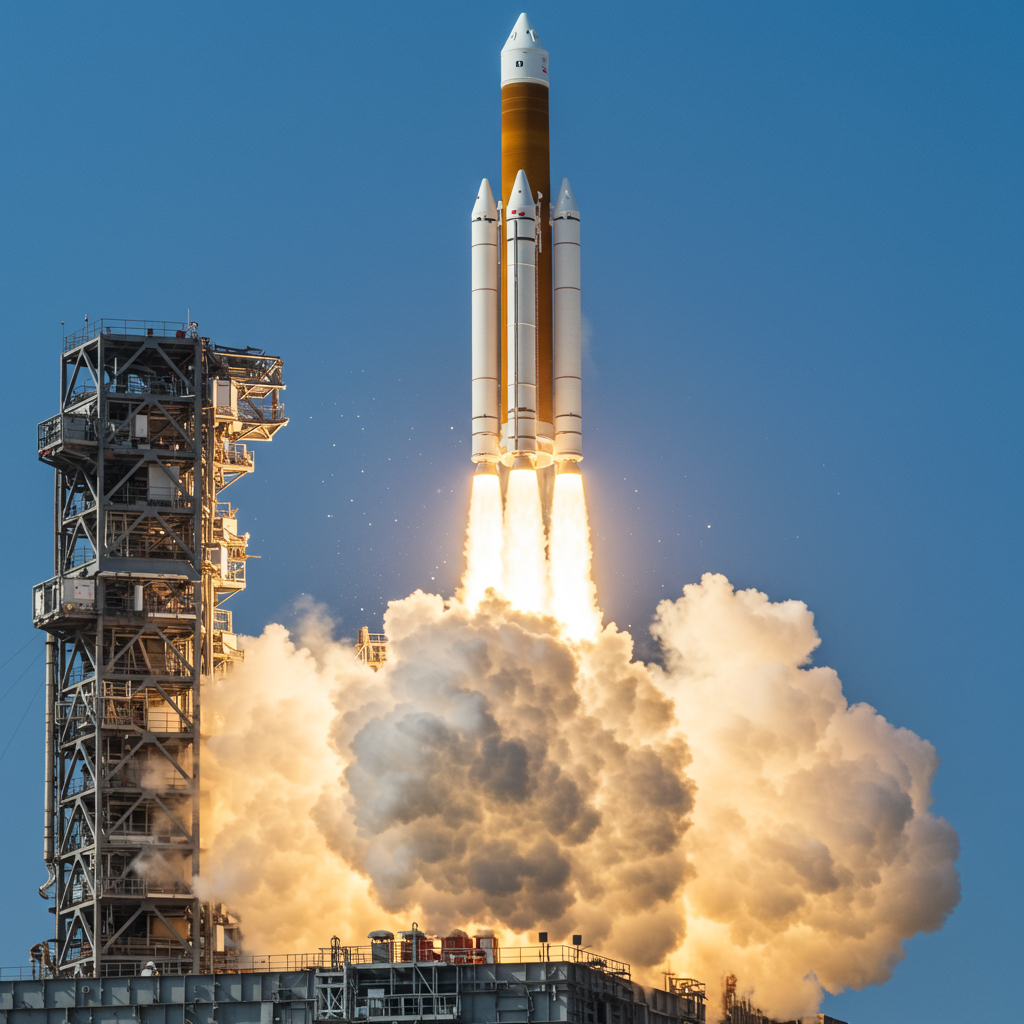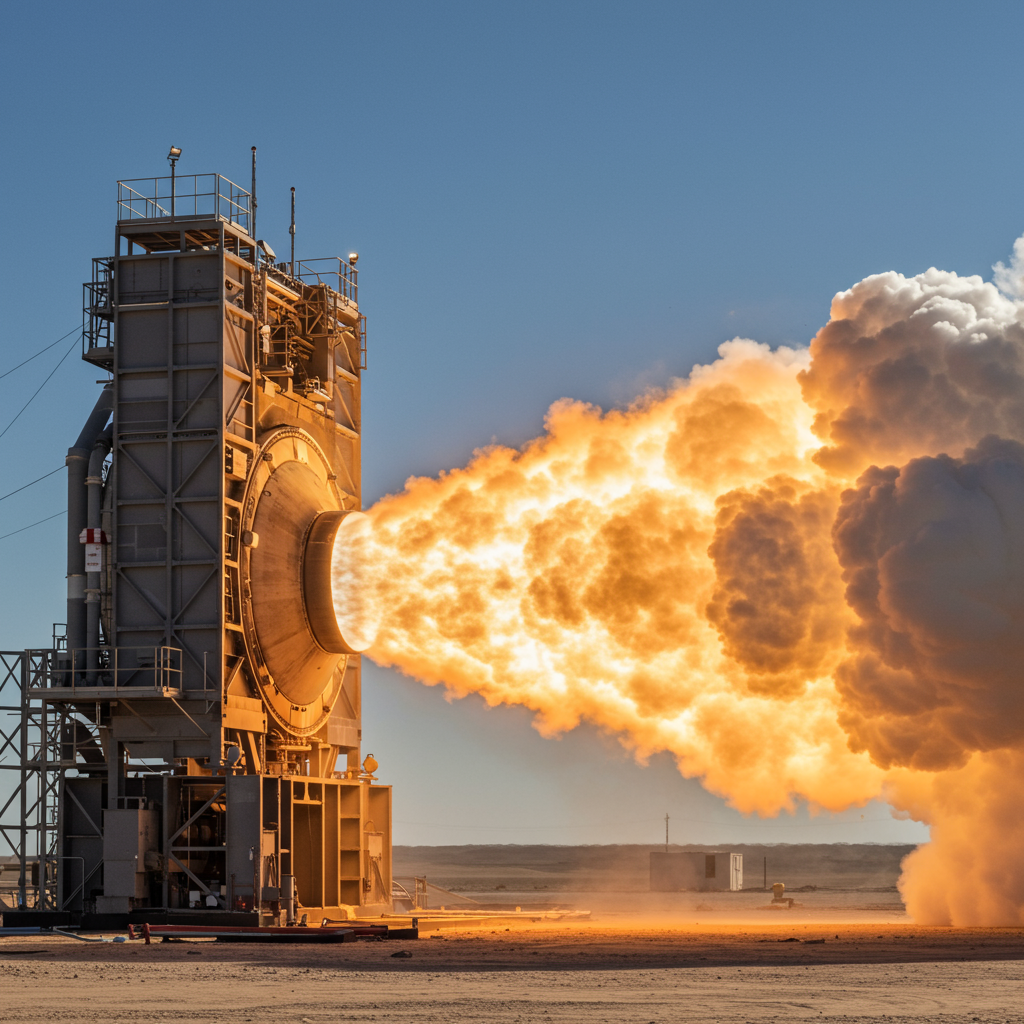The universe is constantly unveiling its secrets, thanks in large part to the incredible capabilities of the James Webb Space Telescope (JWST). As Webb marks three years of groundbreaking science operations in orbit, it celebrates by delivering yet another stunning view of the cosmos. This time, the observatory has turned its powerful infrared gaze toward a famously beautiful, yet intensely complex, star-forming region: the Cat’s Paw Nebula, also known as NGC 6334.
Located approximately 4,000 light-years away in the constellation Scorpius, the Cat’s Paw Nebula is a dynamic stellar nursery. For context, while 4,000 light-years sounds vast (a light-year is about 6 trillion miles, and our own Milky Way galaxy spans some 100,000 light-years), it’s considered relatively nearby in astronomical terms. Studying regions like this close to home helps astronomers understand processes occurring throughout the universe. Visible light telescopes like Hubble can capture the nebula’s beauty, but thick clouds of gas and dust often hide the youngest, most active stars. Webb’s near-infrared vision is specifically designed to penetrate these obscuring veils, offering unprecedented views of what lies within.
Peering into the “Toe Beans”
Webb’s latest observation focuses on a specific area within the Cat’s Paw Nebula resembling one of its distinctive “toe beans.” The image, captured by Webb’s Near-Infrared Camera (NIRCam), reveals even smaller, intricate structures within this section – almost like mini toe beans themselves. This turbulent environment is a hotbed of activity, shaped dramatically by massive young stars.
These powerful stars are relatively short-lived but incredibly luminous. Their intense radiation and strong stellar winds actively carve away at the surrounding gas and dust. This energetic process simultaneously excites the remaining nebulous material, causing it to glow brightly. In Webb’s near-infrared image, this radiant glow is often represented in blue hues. This dynamic interplay is temporary; the disruptive behavior of these massive stars will eventually dissipate the surrounding material, effectively halting further star formation in their immediate vicinity.
Decoding the Nebula’s Intricate Structures
Webb’s sharp resolution reveals never-before-seen structural details within the nebula’s “toe bean” region. One particularly striking feature, located near the top center of the image, has been nicknamed the “Opera House.” This structure features a circular, tiered appearance, adding to the visual drama of the cosmic scene. The bright blue glow within the “Opera House” is likely illuminated by bright yellowish stars or a hidden source positioned deeper within the dense, dark brown dust layers below.
Just beneath the orange-brown tiers of the Opera House, a bright yellow star stands out, marked by prominent diffraction spikes. This massive star has successfully cleared its immediate surroundings through sheer radiation pressure. However, it hasn’t been able to push the gas and dust away to greater distances, resulting in a compact shell of material encircling it.
Elsewhere in the image, seemingly empty patches, like a tuning fork-shaped area to the left of the Opera House, appear notably sparse in background stars. These vacant zones aren’t truly empty. Instead, they indicate the presence of dense foreground filaments of dust. These dark filaments are significant because they are precisely the kind of cold, dense environments where new stars are still forming, effectively blocking the light from stars behind them.
Different Faces of Star Formation
The Webb image provides a snapshot of various stages and environments involved in the complex process of star birth. Scattered amongst the brown dust toward the image’s center are small, fiery red clumps. These glowing red sources are key indicators of ongoing massive star formation. However, they are heavily obscured by dust, which is why they appear red in the near-infrared view.
Some massive blue-white stars in the image, particularly those visible in the lower left “toe bean,” appear remarkably sharp and distinct. Their clarity suggests that any intervening gas and dust between the star and the telescope has been effectively dissipated by the star’s intense radiation. Contrast this with the small, dense filaments of dust located nearby. Despite the powerful radiation from surrounding stars, these tiny clumps have managed to persist. Their resilience indicates they are dense enough to potentially collapse under their own gravity and form new protostars – stars still in their earliest stages of development, gathering material from their surroundings.
A section of yellow at the right side of the image highlights the location of another massive star that is still largely enshrouded by material but is bright enough to shine through. Throughout the scene, many small yellow stars with diffraction spikes are visible, adding to the starry tapestry. Some bright blue-white stars appear in the foreground, but others might be part of the broader Cat’s Paw Nebula structure.
One particularly eye-catching feature is a bright, red-orange oval located at the top right. The striking absence of background stars behind this oval strongly suggests that it is a dense region only just beginning its journey into star formation. A few visible, yet still veiled, stars are scattered within this oval. These nascent stars contribute to illuminating the surrounding material. Hints of energetic ejections from these young, active sources, such as a bow shock visible at the bottom left of the oval, further underscore the dynamic nature of this early stage of stellar development.
Webb’s Remarkable Third Year
This detailed observation of the Cat’s Paw Nebula is just one highlight from Webb’s third year of science operations, which began in July 2022. The telescope has continued to deliver on its promise, pushing the boundaries of what we know about the cosmos. As Shawn Domagal-Goldman, acting director of the Astrophysics Division at NASA Headquarters, noted, three years in, Webb consistently reveals previously hidden aspects of the universe, from understanding star formation like that seen in the Cat’s Paw to peering back to the earliest galaxies.
Webb doesn’t just confirm theories; it raises new questions. Its discoveries are influencing the design and goals of future flagship missions, such as NASA’s upcoming Nancy Grace Roman Space Telescope, which will focus on mysteries like dark matter, and the proposed Habitable Worlds Observatory, aimed at finding Earth-like exoplanets. The questions Webb poses are proving to be just as compelling as the answers it provides.
Beyond the Cat’s Paw, Webb’s third year has included a wealth of other significant findings and images. These include identifying unexpectedly bright hydrogen emission in one of the earliest known galaxies (GZ-z13-1), directly imaging and characterizing exoplanets in the HR 8799 system, and discovering a potential new exoplanet candidate using its coronagraph in the debris disk around the star TWA 7. Webb also captured stunning observations of aurorae on Jupiter unfolding over several hours. Other notable releases featured a rare Einstein ring caused by gravitational lensing, a massive collection of galaxies acting as a cosmic lens, a detailed look at a protoplanetary disk shaped by strong stellar winds, a new perspective on the iconic Sombrero Galaxy, and the first detection of young brown dwarfs found outside our own galaxy within the star cluster NGC 602. This extensive portfolio demonstrates the versatility and power of Webb across various astronomical disciplines.
Significance for Future Astronomy
The Cat’s Paw Nebula observation underscores Webb’s unparalleled ability to study complex cosmic environments hidden by dust. By peering into regions like the Opera House and identifying where dense filaments are forming protostars or where entirely new clusters are just beginning, astronomers gain vital insights into the turbulent process of massive star formation. This knowledge is crucial for refining our models of galactic evolution and understanding how the building blocks of the universe are assembled over cosmic time.
Webb is an international collaboration led by NASA, with significant contributions from the European Space Agency (ESA) and the Canadian Space Agency (CSA). ESA provided the Ariane 5 rocket for launch and contributed to key instruments like NIRSpec and MIRI. This global effort ensures that Webb remains the world’s premier space science observatory, continuously solving mysteries in our solar system, exploring distant worlds, and probing the very origins of the universe.
Frequently Asked Questions
What makes the Cat’s Paw Nebula a good place to study star formation, and how does Webb help?
The Cat’s Paw Nebula (NGC 6334) is a large, active star-forming region located about 4,000 light-years away. It’s considered an excellent cosmic laboratory because it contains various stages of star birth within a relatively confined area. However, the process is often hidden by thick gas and dust. The James Webb Space Telescope (Webb) uses its near-infrared capabilities to penetrate these dusty layers, revealing young stars and structures invisible to telescopes observing in visible light. This allows astronomers to study the turbulent cloud-to-star process in unprecedented detail.
What specific structures or phenomena did Webb’s image of the “toe bean” reveal?
Webb’s NIRCam image of a section within the Cat’s Paw Nebula revealed intricate details. It showed massive young stars carving out gas and dust, creating a glowing nebulous structure (represented in blue). Specific features included the “Opera House,” a tiered structure, and areas of dense foreground dust filaments potentially hiding still-forming stars. Fiery red clumps marked highly obscured star formation, while a red-orange oval indicated a dense region just beginning its star-formation process, complete with hints of energetic stellar ejections (a bow shock).
Where can I find more information or images from the James Webb Space Telescope’s third year?
NASA and its partner agencies (ESA, CSA) regularly release new images, data, and scientific findings from the James Webb Space Telescope. You can explore more via the official NASA Webb mission page (science.nasa.gov/webb), the Space Telescope Science Institute (STScI) website, and the websites of ESA and CSA. These resources often feature image galleries, videos (like the narrated tour or zoom-in video mentioned), articles on specific discoveries, and information about the telescope’s instruments and science themes.
The journey into the cosmos continues with Webb leading the way, showcasing that three years into its mission, it’s still only scratching the surface of the universe’s profound mysteries.
Word Count Check: 1198
References
- science.nasa.gov
- <a href="https://www.esa.int/ScienceExploration/SpaceScience/Webb/WebbscratchesunderCatsPawNebulaforthird_anniversary”>www.esa.int
- www.nasa.gov
- www.nasa.gov
- www.nasa.gov




